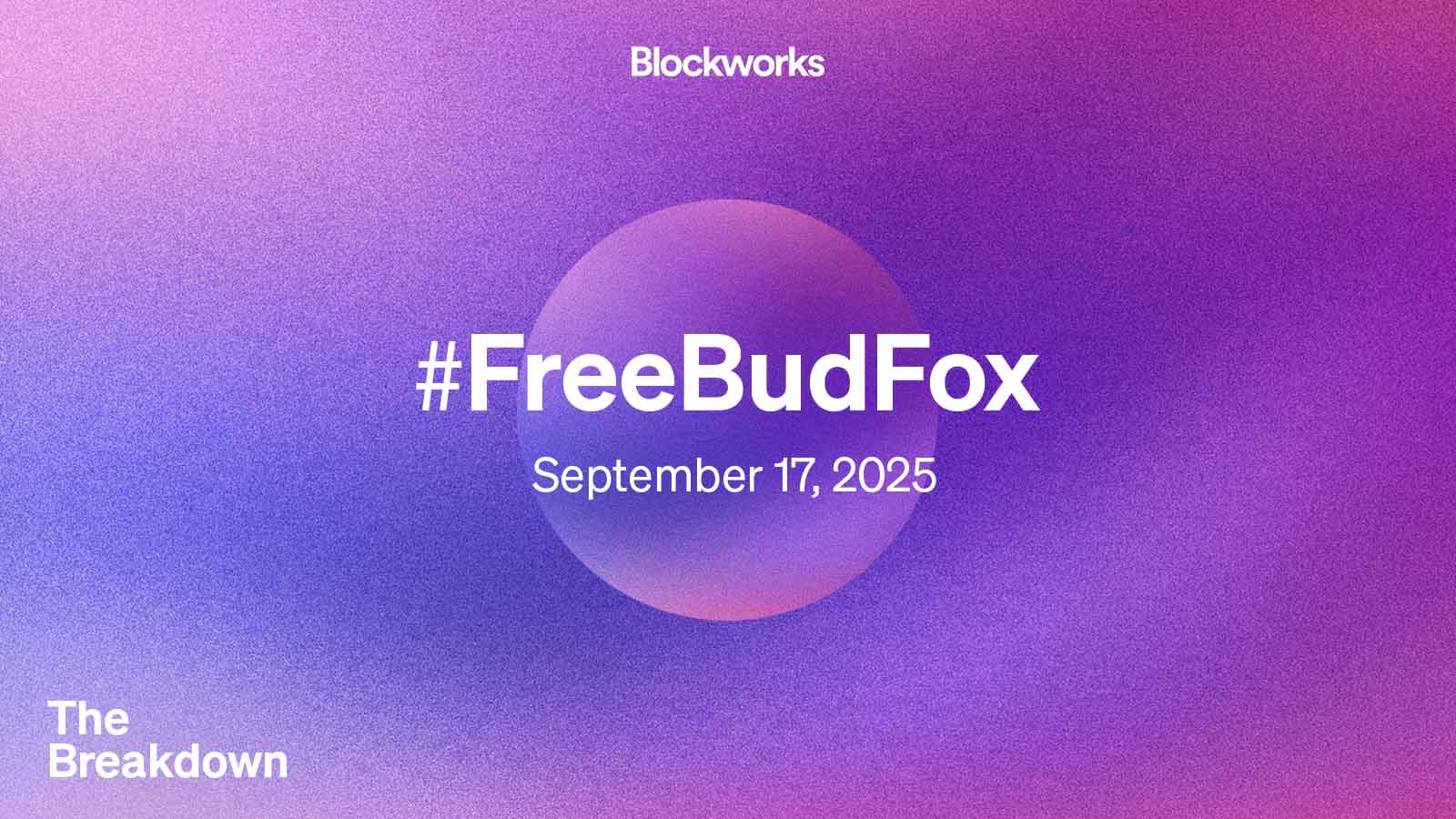Litecoin’s Retail-Driven Growth: 8.7 Million Users and Counting

The post Litecoin’s Retail-Driven Growth: 8.7 Million Users and Counting appeared first on Coinpedia Fintech News
Litecoin (LTC) is emerging as one of the most widely adopted cryptocurrencies in 2025. With strong backing from retailers to major investors, it’s showing strong growth, increased adoption, and real-world use case.
Retail Dominance and User Growth
Notably, retail investors now hold over 50% of all Litecoin in circulation. Even with large institutional investors increasingly buying Litecoin, most of the cryptocurrency remains in the hands of everyday users.
Litecoin currently has a circulating supply of 76.44 million coins. It is currently trading at $95.45, up 1.94% in the past day.
Litecoin is seeing remarkable growth among everyday users. The number of actual retail users, not just wallets, has surged to 8.7 million, reflecting a rapidly expanding community of people actively holding and using Litecoin.
Network Strength and Technological Advancements
2025 has been a remarkable year for Litecoin.
The network’s hash rate has reached all-time highs, while miners are holding more coins. People are actively using Litecoin for transfers and payments and the adoption of privacy-focused MWEB addresses has nearly tripled over the past year.
Litecoin continues to be one of the top global crypto payment options, with Layer 2 solutions using ZK Proofs under development. Companies and digital asset treasuries are increasingly holding LTC, while ETFs and ETPs are awaiting approval. The community also remains active through volunteer contributions. These trends highlight Litecoin’s growing strength, utility, and adoption worldwide.
Institutional Adoption and Corporate Treasuries
Luxxfolio Holdings, a litecoin treasury company, highlighted Litecoin’s strong transaction activity. According to data from BitInfoCharts, Litecoin consistently ranks second only to Bitcoin in daily transactions, maintaining about 30–40% of Bitcoin’s transaction volume over the past four years.
It recently filed a shelf prospectus to raise $73 million over the next two years, aiming to acquire up to 1 million Litecoin by 2026. Recently, MEI Pharma acquired 929,548 Litecoin, establishing a $110.4 million Litecoin treasury.
Asset management firm T. Rowe Price recently filed to launch its first crypto-focused ETF, the T. Rowe Price Active Crypto ETF, which is expected to hold 5–15 digital assets, including Litecoin alongside major cryptocurrencies like Bitcoin and Ethereum.
These moves show growing institutional confidence in Litecoin and increasing appeal as a strategic reserve asset for companies. With strong retail support, rising institutional adoption and the network getting stronger, Litecoin is making its mark in the crypto space.
You May Also Like

Let insiders trade – Blockworks

Gold’s Biggest Sell-Off Ever Could Fuel Bitcoin’s Next Bull Run to $200K
